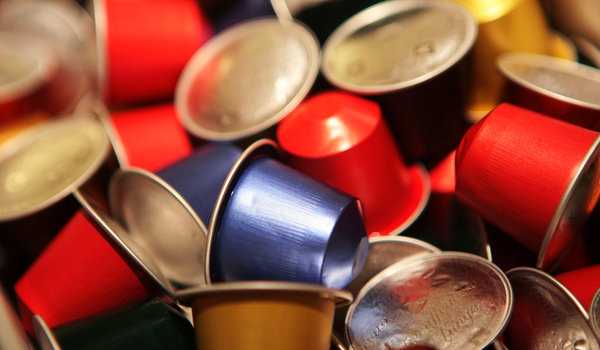JAKARTA – Southeast Asia hosts some of the world’s leading coffee growers and exporters, such as Indonesia and Vietnam, the world’s fourth- and second-biggest producers respectively.
Neighbors such as East Timor, Laos, Myanmar, the Philippines and Thailand are home to smaller coffee-growing regions.
Their beans have typically been for export. Many end up in cups in countries such as the U.S., the biggest importing country, and Italy, the third-biggest importer, according to the United Nations Food and Agriculture Organization.
Italy is also the home of espresso, the strong and sometimes bitter caffeine shot that for many drinkers is the quintessential coffee pour.
Now, coffee consumption is on the rise in what were mainly exporting countries of the region, and the race is on to see which kind of coffee will lure would-be local drinkers.
According to the FAO, “as the middle classes of the developing world continue to swell, as their incomes rise and coffee remains affordable, the luxury of the occasional coffee has become a daily habit in an ever-growing number of countries.”
Just as the espresso — forcing water and steam at pressure through fine-ground coffee — was invented as a faster way of serving coffee than the often-sluggish technologies of 19th century Europe, newer coffee-making methods are vying with more established brews for market share in Asia.
“The rising demand has also afforded producers with new options and opportunities,” reported the FAO.
Asian consumer tastes are indeed changing, said Nadine Alexander, spokeswoman for Java Mountain Coffee, which makes pods from coffee grown in Indonesia’s West Java and Bali.
“More cafes are opening throughout Asia to meet the trends of a more mobile lifestyle, which includes business people whose meeting habits are possibly shifting away from the traditional office setting, which often offers poor quality coffee,” she said.
“Over the past decade, international coffee chains have built up a strong regional presence within Southeast Asia,” said Davina Patel, global food and drink trends analyst at Mintel, a market research company.
That development, Patel added, has been followed by “a surge of independent cafes” that have “changed the landscape of Southeast Asia’s retail coffee sector.”
















